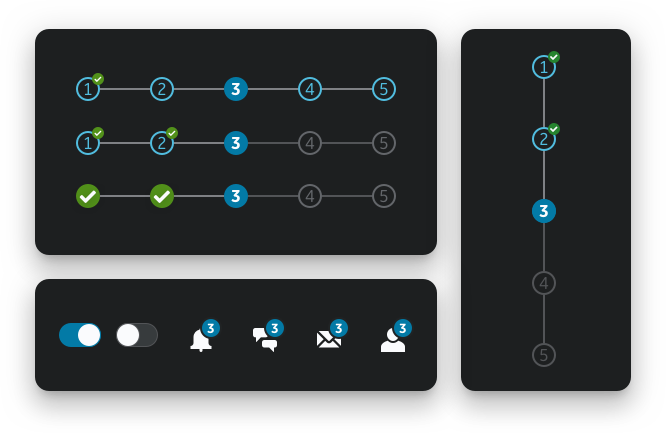
Company
GE Healthcare
Year
2018 – 2020
Awards
Edison Design System
A library of validated design, code and standards for creating consistent, modern, and intuitive healthcare software.
General Electric Healthcare
With a century creating hundreds of products sold in 100+ countries, GE Healthcare is best known for our medical products: XRays, CTs, MRIs, ventilators, monitoring devices. Today, healthcare is based increasingly on intelligent software.

My Role on EDS
As a designer on the Edison Design System, my responsibilities included designing and delivering all critical features for the components in the roadmap while following the iterative design workflow – research, wireframing, community critique, visual design, community and executive reviews for release on time. Working alongside the UX Researcher to observe during interviews, identifying key focus points for iteration and summarizing findings. Facilitating direct communication to the UX team for actionable items on proposed designs for further refinements.
The Problem
Although known for excellent product engineering, GE Healthcare consistently received feedback from customers that our products appear dated and operate as if they were created by different companies. Previous attempts to create design systems at GE Healthcare had failed due to the sheer number and complexity of our products, as well as the diversity of the personas and workflows.
Goal
We set out to create a platform: a componentized design system of visual styles, elements, and interaction patterns, providing both engineering and design efficiency for hundreds of teams at GE Healthcare, and aligning them to brand principles.
A Defined Process For Success
Community is front and center with the system. The roadmap and upcoming meetings are published, as are upcoming trainings. The design community meets weekly to provide design feedback; most design specs go through several rounds of review before release.

Compliance With Accessibility Standards
Every detail of the Edison Design System is validated by user insights. We focus on intuitiveness, usability, legibility and AAA/AA accessibility and robustly evaluate using research and testing methods, including ethnography, heuristics, card sorts, surveys, multivariate user tests, preference tests, accessibility and legibility tests, interviews, and usage analytics. We have conducted more than 30 studies with almost 200 participants.

Design Principles
The Edison™ Design System differentiates itself from prior internal design systems initiatives through a rigorous usability-first approach.
The system provides validated software design specs with plug & play code. The aim being to unify UX across GE Healthcare and partner software, evolving the industry toward modern software approaches.

Style Guide
The system has dark and light themes. Dark was designed for maximum usability for radiology and healthcare users based on their typical room lighting

Form Components
Forms allow users to enter data that is used by the application, or to configure options. Designing forms well requires decisions about its structure and sequence, as well as its interface elements, field labels and offered help and feedback. The goal was to create an intuitive and coherent look and feel for all form components.

Masthead and Navigation
The masthead is the top-most element of the application interface and is persistently displayed across all screens of the application user experience. It is where references to the name of the application and brand are most commonly represented. Navigation contains actions and functionality that enable the user to navigate through various workflows and information within the software application via a menu system extending off the masthead.

Adaptation Showcase
The following showcase example of how components and patterns are currently being implemented.










